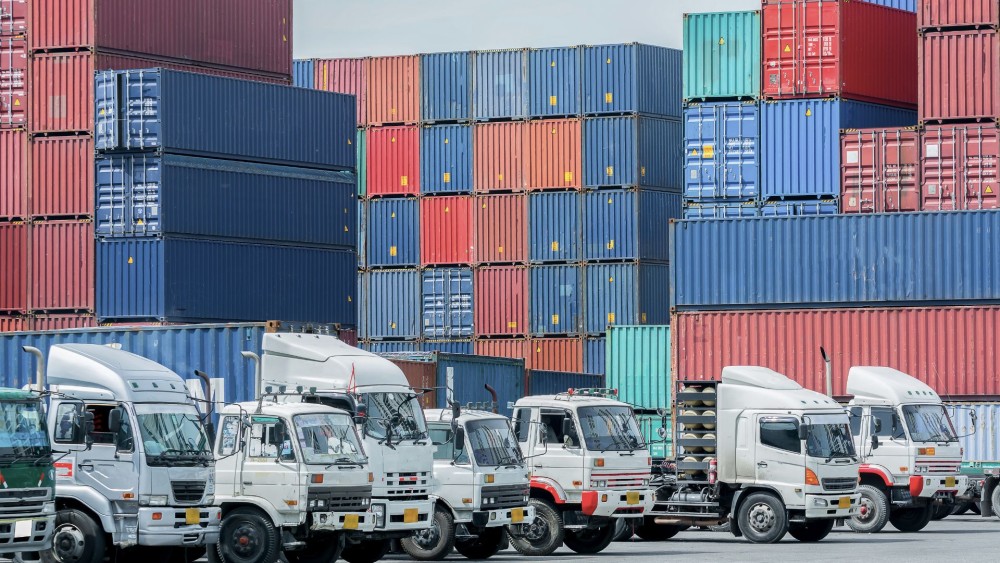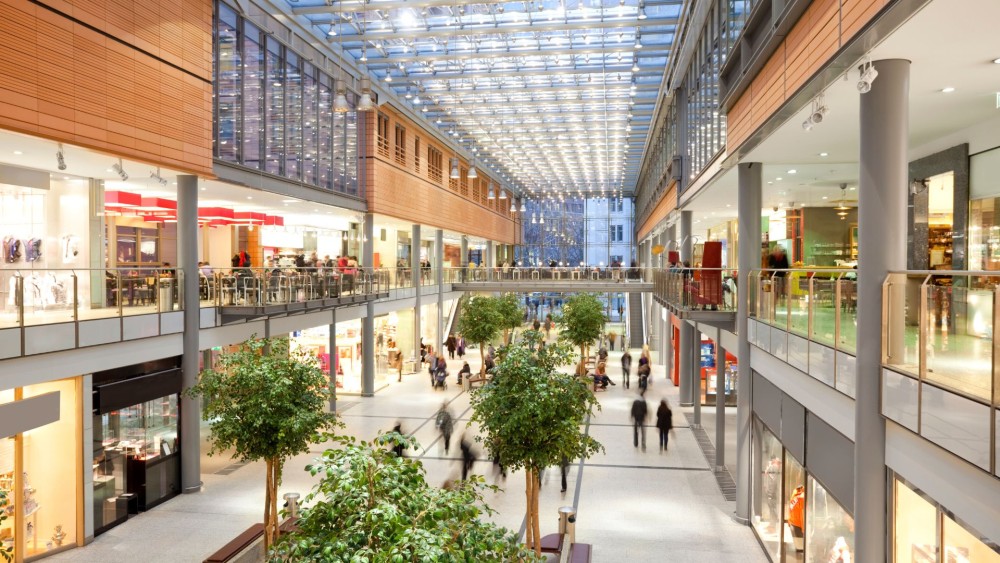Stable Growth for Indonesia’s Logistics Sector
25 Nov 2024

Indonesia's logistics sector continues to demonstrate steady growth, driven by increased investments, government reforms, and substantial contributions to the nation's GDP. However, challenges remain, requiring concerted efforts from both public and private stakeholders to overcome infrastructure gaps, high costs, and operational inefficiencies.
Data from 2020 to the first half of 2024 reflects the sector’s upward trajectory. Investments rose from USD 3.16 billion in 2021 to USD 5.6 billion in 2023, with nearly USD 2 billion recorded in the first half of 2024. This trend underscores strong confidence in the sector’s resilience and its critical role in supporting the broader economy.
Investment in Logistic, warehousing and Telecommunications 2020 – H1 2024 (in USD thousand)
|
2020 |
2021 |
2022 |
2023 |
H1 2024 |
|
3,580,396.9 |
3,159,206.6 |
4,125,067.9 |
5,615,460.3 |
1,956,033.5 |
Source: BKPM
The logistics sector’s GDP contribution has similarly expanded, from IDR 689 trillion in 2020 to over IDR 1.2 quadrillion in 2023, highlighting its growing importance in national trade and supply chain operations.
GDP share of Logistic sector 2020 – H1 2024 (in current prices, Bn IDR)
|
2020 |
2021 |
2022 |
2023 |
H1 2024 |
|
689,552.40 |
719,610.30 |
985,519.50 |
1,231,241.90 |
659,050.50 |
Source: BPS
Despite these gains, challenges persist. According to the World Bank's 2023 Logistics Performance Index (LPI), Indonesia ranked 63rd globally, a decline from its 46th position in 2018. While logistics costs have dropped from 24% of GDP in 2012 to 14.29% in 2022, they remain higher than regional peers. The government aims to further reduce costs to 8% of GDP by 2045.
Government Initiatives
The government has implemented several initiatives to address inefficiencies and reduce costs. Central to these efforts is the National Logistics Ecosystem (NLE), introduced under Presidential Instruction No. 5/2020. This digital platform integrates logistics services, streamlining processes and minimizing redundancies. A key component of the NLE is the incorporation of Bonded Logistics Centers (PLBs), which serve as specialized facilities for the storage and management of imported and exported goods under customs supervision, enhancing efficiency and reducing supply chain costs.
“Survey data shows that 75.68% of companies report lower costs, while 81.58% experience faster processes with bonded logistics centers (PLBs) compared to regular imports,” said Martha Octavia, Chief Change Management of the NLE Development Team, during a Ministry of Finance webinar in November 2024.
Infrastructure projects remain a priority. The 2024 state budget allocated IDR 422.7 trillion to toll road expansions, rail networks, and port upgrades. The recently opened Patimban Port, located east of Jakarta, is expected to ease congestion at Tanjung Priok while supporting automotive exports. Projects like the Jakarta Outer Ring Road 2 (JORR 2), completed in July 2024, have also improved traffic flow in the capital.
However, the World Bank’s LPI findings reflect lingering inefficiencies in customs, timeliness, and infrastructure disparities. “Efficient logistics are critical for Indonesia’s global competitiveness, and achieving our cost reduction targets requires a joint commitment from all stakeholders,” said Indonesia’s Minister of Transportation Budi Karya Sumadi.
Industry Perspectives
Private sector leaders have highlighted critical areas for improvement. According to the Indonesian Logistics Association (ALI), road transportation remains dominant, particularly along the Jakarta–Surabaya corridor, inflating costs despite ongoing toll road expansions. ALI Vice Chairman Adithya Sari observed, “Shorter transport times are essential, but we need a more balanced use of rail, road, and sea transport to reduce overall logistics costs.”
Port operations are another major concern. A GTAI report from September 2024 noted that inefficiencies at Tanjung Priok, coupled with outdated smaller ports, hinder the seamless flow of goods. Observers highlighted insufficient cold storage facilities and poor hinterland connectivity as obstacles to unlocking Indonesia’s maritime potential. While the Patimban Port is a step forward, industry experts stress the need for further investments in automation and regional port upgrades to meet rising demand.
Meanwhile, digitalization has been a mixed success. Advanced technologies like AI, robotics, and smart warehouses are increasingly adopted in Greater Jakarta, but uneven distribution of these innovations and a lack of skilled labor continue to hamper progress in other regions. “Efforts to reduce logistics costs must involve improvements in human resources, digital integration, and policy certainty,” said ALI Chairman Mahendra Rianto.
Future Prospects
Despite its challenges, the sector’s future remains promising. ALI projects the sector to grow by 7–8% in 2024, supported by ongoing reforms and private sector innovations. However, achieving long-term goals, such as reducing logistics costs to 8% of GDP by 2045, will require continued collaboration among stakeholders.
“Collaboration between the government, private sector, and logistics service users is essential for building an efficient national logistics system. This will be key to realizing Indonesia’s vision for 2045,” Minister Sumadi said.








